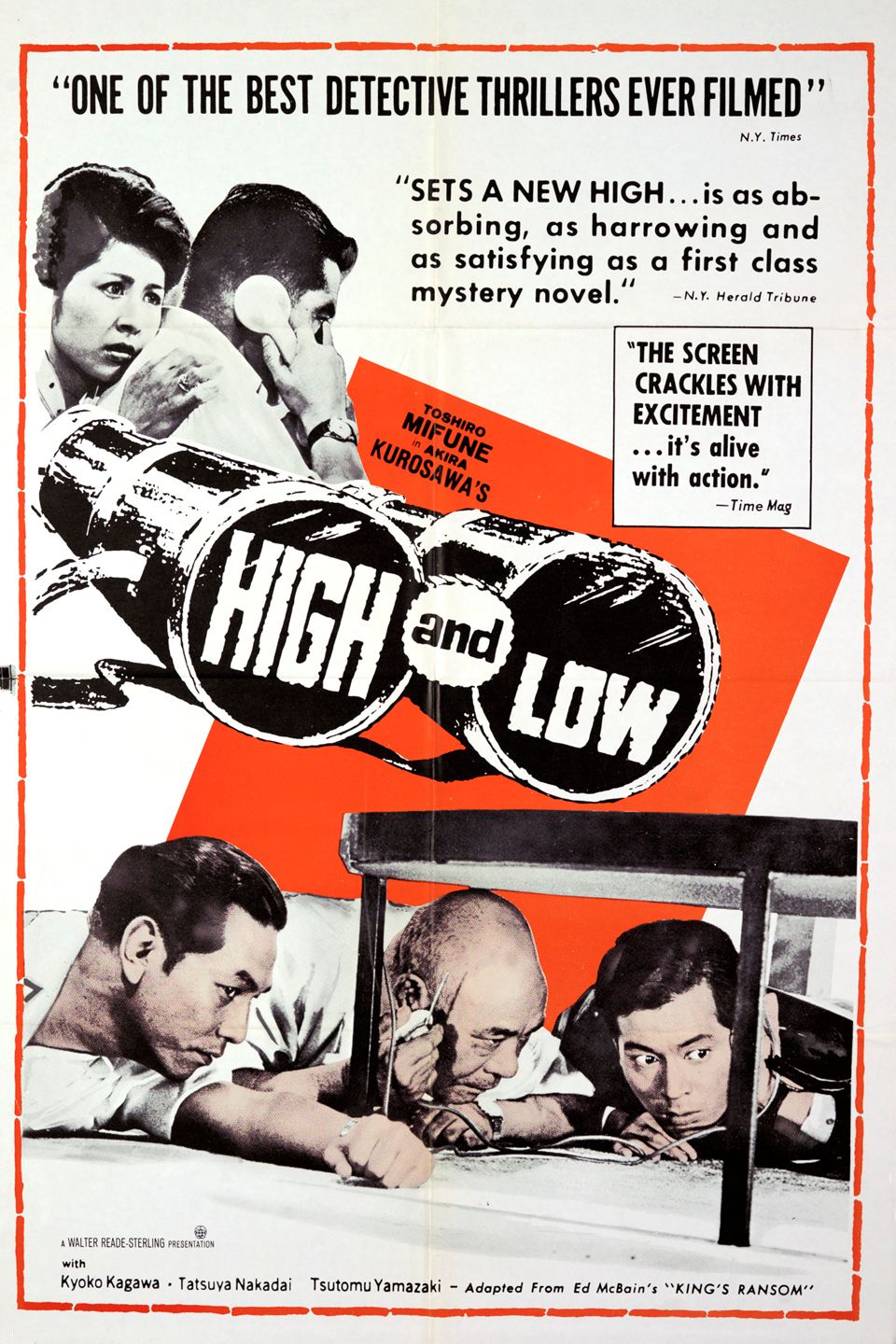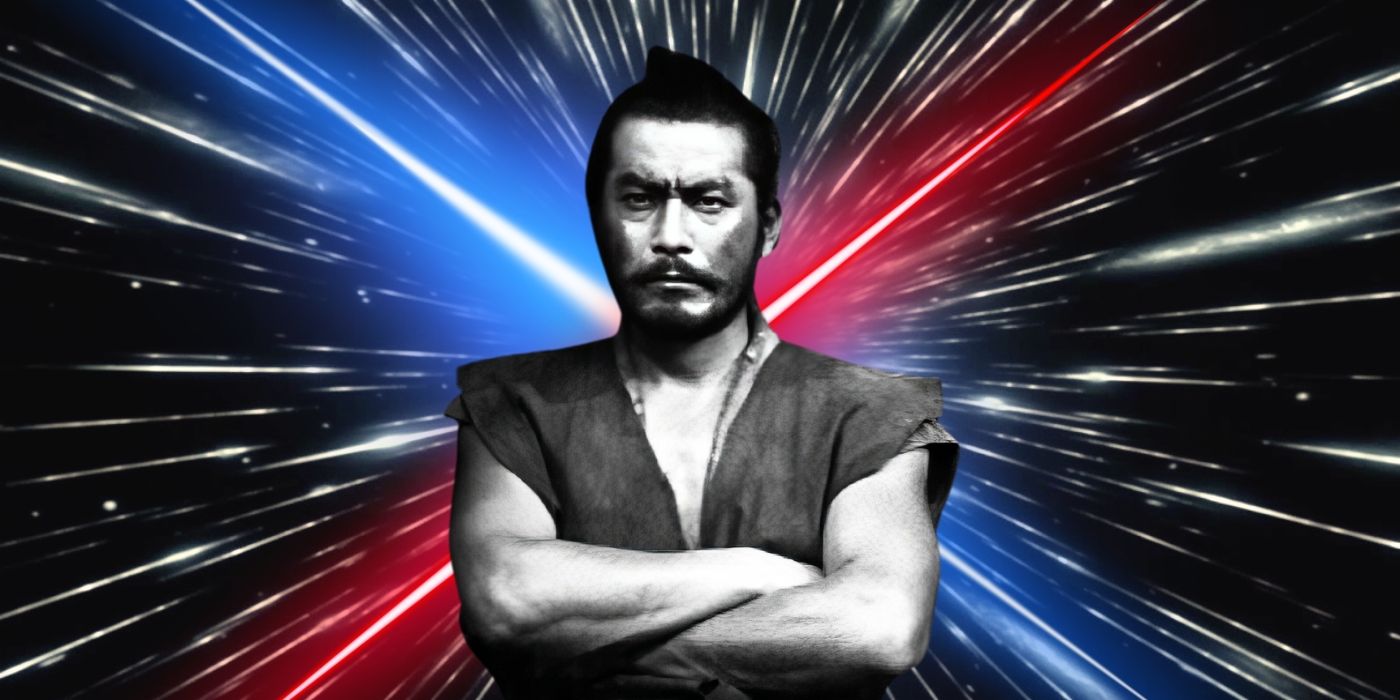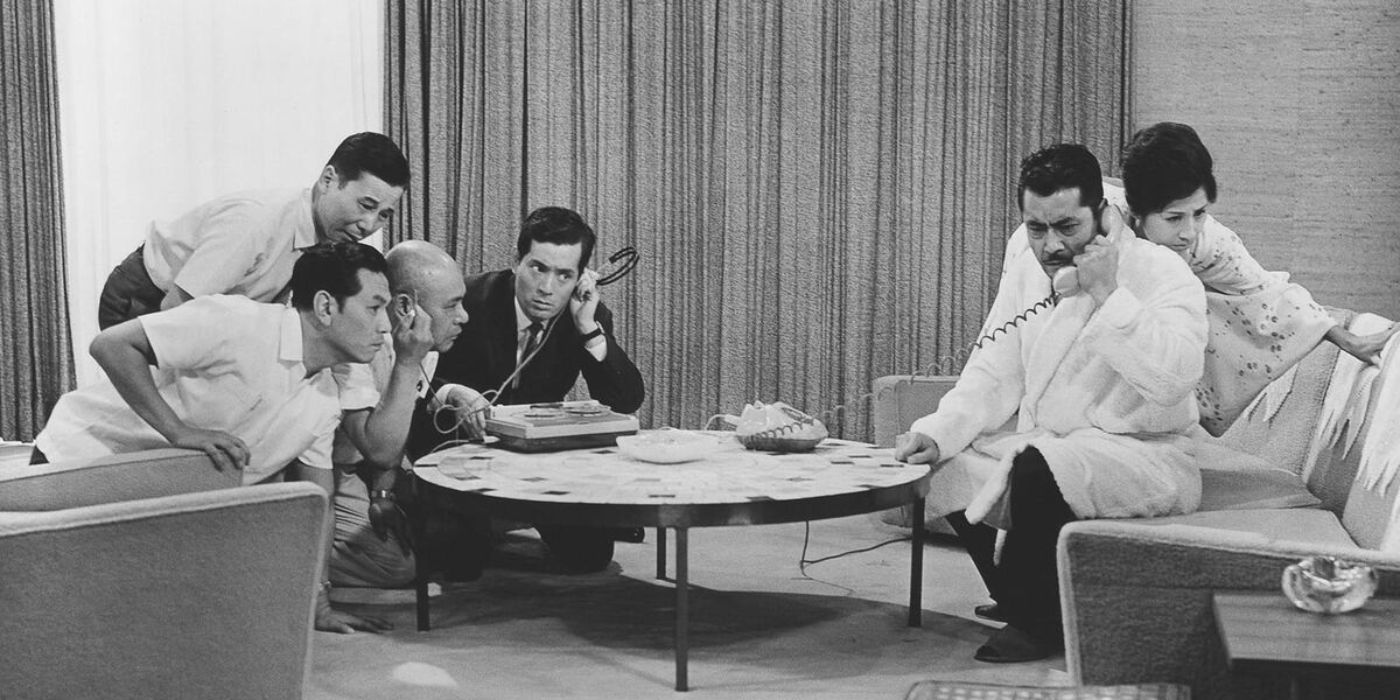Akira Kurosawa traverses ethics and morals through the lens of a crime investigation in this classic film.
The Big Picture
-
High and Low
is a thrilling crime movie that delves into the essence of criminality while examining morals, ethics, and societal hierarchies. - The film’s gripping phone conversations highlight the power of communication and its ability to destroy societal hierarchies.
-
High and Low
explores the ethical dilemma of doing the right thing, even when faced with personal consequences, and offers a compelling study of ethical decision-making.
Knives Out and Glass Onion may have given viewers the quintessential movie private investigator of the modern age in Benoit Blanc (Daniel Craig), but the two pictures pale in comparison to the gold standard of detective movies. Loosely based on the Ed McBain novel King’s Ransom, Akira Kurosawa‘s High and Low revels in its police procedural format, and dives into the very essence of criminality, all the while examining morals, ethics, and the societal totem pole. It is a thrilling race against time, and questions the extent of the human conscience. This isn’t just one of the best crime movies of all time, but may very well be the Japanese maestro’s finest work.

High and Low
An executive of a Yokohama shoe company becomes a victim of extortion when his chauffeur’s son is kidnapped by mistake and held for ransom.
- Release Date
- November 26, 1963
- Director
- Akira Kurosawa
- Cast
- Toshiro Mifune , Tatsuya Nakadai , Kyôko Kagawa , Tatsuya Mihashi
- Runtime
- 143 minutes
- Main Genre
- Crime
- Writers
- Hideo Oguni , Ryûzô Kikushima , Eijirô Hisaita , Akira Kurosawa , Evan Hunter
- Studio
- Toho
What Is ‘High and Low’ All About?
High and Low tells the story of Kingo Gondo (Toshirō Mifune), an executive of a shoe company who is in the middle of a power struggle. His fellow board members want to make cheap shoes to make more sales. However, Gondo, who wishes to steer clear of their objective, wants to retain their brand of high-quality footwear. Unbeknownst to the others, Gondo has given up his entire fortune to set up a leverage buyout to be in control of the company. As the wheels of his plan go into motion, he receives a phone call informing him that his son, Jun, has been kidnapped. He dismisses the idea when he sees Jun inside the residence.
Unfortunately, the kidnappers have taken Shinichi (Masahiko Shimazu), the son of Gondo’s chauffer, Aoki (Yutaka Sada). The kidnapper calls again, and mentions the mistake they made. Instead of releasing the child, the perpetrator demands that he continue to pay the ransom for his release. Gondo, swayed by the pleadings of his chauffer and the human spirit to do the right thing, accedes to the kidnapper’s wishes and pays the ransom. In a gripping series of events, Gondo is kicked out of the company, Shinichi is discovered unharmed, and the authorities eventually discover the kidnapper. He reveals himself to be envious of Gondo’s status in life as he passes by his big house up on the mountainside, and subsequently breaks down in front of the man whose life he has ruined.
The Gripping Phone Conversations in ‘High and Low’
High and Low‘s complex narrative is a tale of two halves, each presenting an enthralling side to the entire picture. The first hour of the film takes place in a single location, Gondo’s house, where the discussion on his business takeover and the phone calls take place. There is a moment of familiarity with audiences regarding Kurosawa’s work in this first half. During the film’s release, Mifune and Kurosawa had been together in 14 pictures from Drunken Angel to Sanjuro, resulting in one of the most iconic and fruitful cinematic partnerships in history. A chunk of Mifune’s Kurosawa characters revolves around the idea of a Samurai who is rough on the edges, and is stuck in a moral dilemma regarding his own existence, the most prominent of which is Seven Samurai‘s Kikuchiyo. Here, in High and Low, Kurosawa takes the traditional Mifune samurai garb and switches it to upper class clothing, effectively modernizing the lasting existential quandary inherent in the actor’s oeuvre. By bringing this sense of familiarity, partnered with the protagonist’s philosophically intriguing choice to make, Kurosawa hooks viewers to patiently wait out the slow-burning story.
Moreover, the brilliance of Kurosawa and his cinematographers, Asakazu Nakai and Takao Saito, shines in the impeccable shots that tell a story of their own. The phone becomes a character in itself. When Gondo is making his moves to acquire the majority of the shares of the company, the telephone becomes a willful ally to his masterplan. However, once the kidnapper corners him into making a choice that will break his entire bank, it transforms an inanimate conversational object into a burning weapon of catastrophic proportions. It destroys any notion of placement in the societal hierarchy, and brings a group of people both rich and poor to their knees, the masterful blocking in each frame highlighting their trembling weaknesses. Don’t shoot the messenger as they say, but with every minute, the phone becomes a nefarious artifact, mocking Gondo, Aoki, and the authorities with each stinging ring.
Akira Kurosawa Makes Recounting Evidence Exciting in ‘High and Low’
The ensuing conflicts from the phone calls, which include a surprising betrayal from his assistant Kawanishi (Tatsuya Mihashi), drives Gondo to do the right thing, despite the consequences it entails. This brings viewers into the second half of the picture. It is a more dynamic development, signalled by a frenzied cut into a moving train, where Gondo pays the ransom, per the kidnapper’s instructions. After the authorities and Gondo emotionally reunite with Shinichi, the picture fully embraces the vitality of a police procedural. The rest of the movie devotes its remaining runtime to uncovering the pieces of evidence.
While it may seem to be a boring endeavor of exposition on paper, it is the exact opposite. The foundation that Kurosawa laid in the first act becomes magnetic, with each and every clue bringing everyone deeper into the rabbit hole of mystique. It offers the first glimpse of the kidnapper, Ginjirô Takeuchi (Tsutomu Yamazaki), a medical intern who lives in the slums with a picture perfect view of Gondo’s imposing house serving as his motivation. It appears that the criminal was clever in his approach, but every crime leaves trails, and the mistakes he left along the way were painstakingly pieced together by the detectives. Headed by Chief Inspector Tokura, so magnificently portrayed by Tatsuya Nakadai, the proceedings unfold like a best-selling page-turner. The narrative becomes so intense, and the suspense it extricates rivals that of any Hitchcockian plot, filled with the humanistic crux characteristic of a Kurosawa masterpiece.

This Kurosawa Movie Inspired George Lucas’ Original ‘Star Wars’ Script
This samurai film gave ‘Star Wars’ everything, from specific shots to a couple of droids.
The most visually appealing sequence, and the highlight of the film, comes in the heinous plan of the kidnapper inside the seedy underbelly of the heroin drug trade. When Takeuchi receives a highly pure percentage of heroin from a dealer, he goes inside dope alley, a street where the heroin-users come together to get their daily highs. He wants to use the heroin to kill his accomplices, but in order to test its potency, he injects one of the unsuspecting users with a dose, unaware that undercover cops are now tailing his every move. With the successful killing of the user he has injected, Takeuchi burns his soul again. This time, however, the angels of mercy have caught him red-handed. It is in these series of images where Kurosawa manages to capture the state of pure abandonment and desperation. The alley is a literal zombieland, representing the evil brewing inside Takeuchi, and the wretchedness of falling into addiction. It both terrifies and draws sympathy, but in the end, Takeuchi has chosen to pass through the point of no return.
‘High and Low’ Brings Ethics Front and Center
What makes High and Low so stimulating is its fascinating examination of ethics, morals, and the differing tribulations within the social classes. The entire premise of the film is based on a moral decision. It was not his son that was kidnapped, and he had no obligation to give up a big amount of money, especially since his whole future was dependent on that sum. Kurosawa puts everyone right in the middle of this predicament. Would the audience have done the same? Maybe, or maybe not. Whichever way you choose is justifiable, but only one of those actions will let you sleep through the night. Gondo might have lost an entire company, but he gained two people who will loyally ride with him until the end. There is no amount of money that can replicate that feeling, and a man as smart as himself would surely rise again to the top of the corporate ladder.
Perhaps one of the messages that Kurosawa wants to impart is to always do the right thing, regardless of what it may entail. It is easier said than done after all. There is an argument to be made that 99% of the time, people know what the right thing to do is, but they choose to go the other direction. Why? Because it’s too damn hard. High and Low offers everyone to experience what it would feel like to be stuck between a rock and a hard place, and provides the comfort of choosing to do what is just. It is a study of ethical decision-making masked beneath the intricacies of a detective movie, which every single moviegoer should be able to see at least once in their lifetime.
High and Low is currently available to stream on Max in the U.S.
This article was originally published on collider.com



